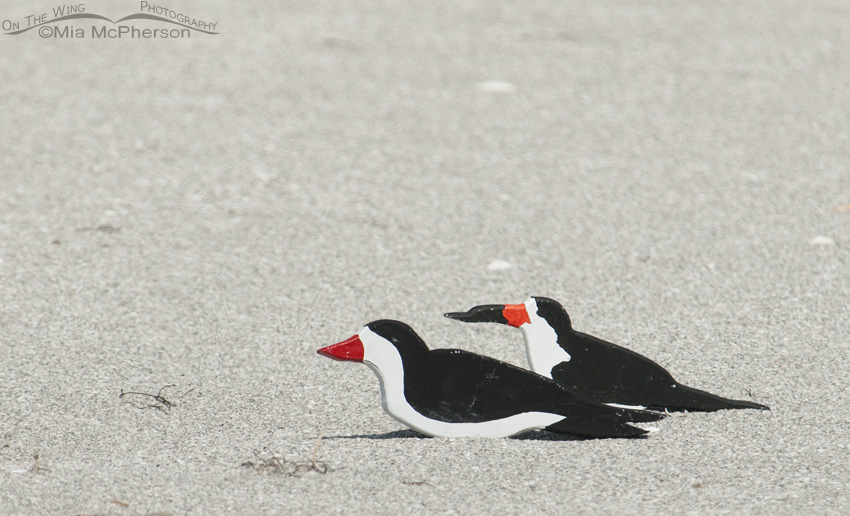 Black Skimmer Decoys, Egmont Key, Florida – Nikon D200, handheld, f6.3, 1/1250, ISO 160, Nikkor 80-400mm VR at 400mm, natural light
Black Skimmer Decoys, Egmont Key, Florida – Nikon D200, handheld, f6.3, 1/1250, ISO 160, Nikkor 80-400mm VR at 400mm, natural light
On an extremely hot April day I was out on Egmont Key for a Florida Master Naturalist class and from a distance I thought I saw some Black Skimmers and Least Terns resting on a beach but they turned out to be decoys. They almost had me fooled until I focused my lens on them.
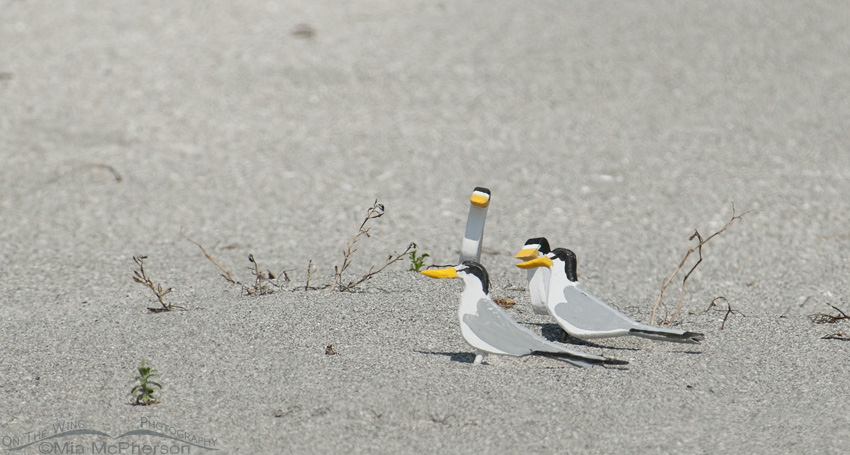 Least Tern Decoys, Egmont Key, Florida – Nikon D200, handheld, f6.3, 1/1250, ISO 160, Nikkor 80-400mm VR at 400mm, natural light
Least Tern Decoys, Egmont Key, Florida – Nikon D200, handheld, f6.3, 1/1250, ISO 160, Nikkor 80-400mm VR at 400mm, natural light
I don’t have any studies on the use of decoys to attract nesting seabirds to link to but the Florida Shorebird Alliance states this in one of their flyers:
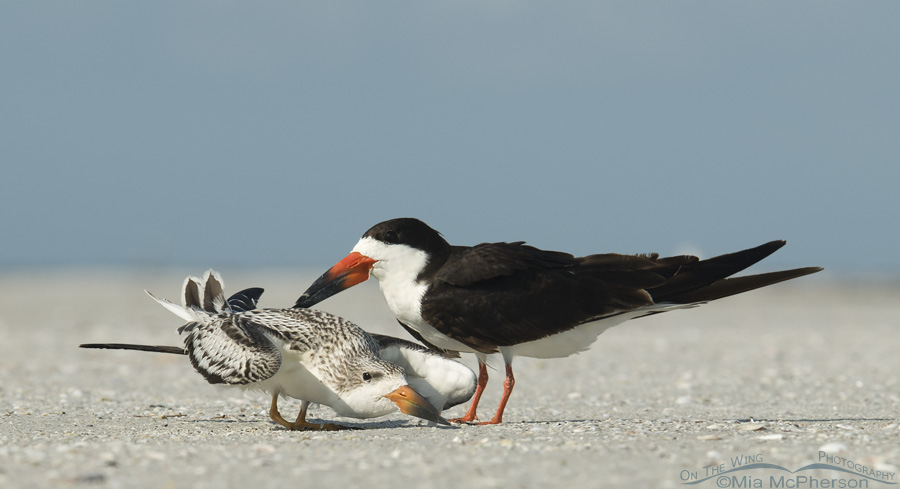 Young and adult Black Skimmer – Nikon D200, handheld, f8, 1/500, ISO 160, Nikkor 80-400mm VR at 230mm, natural light
Young and adult Black Skimmer – Nikon D200, handheld, f8, 1/500, ISO 160, Nikkor 80-400mm VR at 230mm, natural light
Nesting areas for Black Skimmers and Least Terns can also be popular for beach goers, shell collectors and photographers and in some locations nesting areas are roped off and signs placed to keep people out either temporarily or permanently.
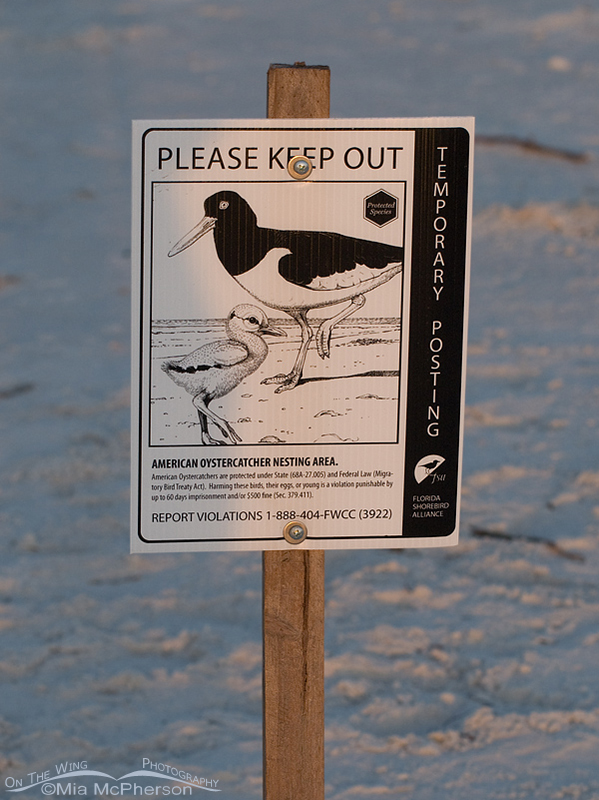 Temporary nesting sign – Nikon D200, handheld, f6.3, 1/400, ISO 400, Nikkor 70-300mm VR at 75mm, natural light
Temporary nesting sign – Nikon D200, handheld, f6.3, 1/400, ISO 400, Nikkor 70-300mm VR at 75mm, natural light
The signs alert beach goers and others to stay back which helps to provide the birds with an area of comfort and/or security.
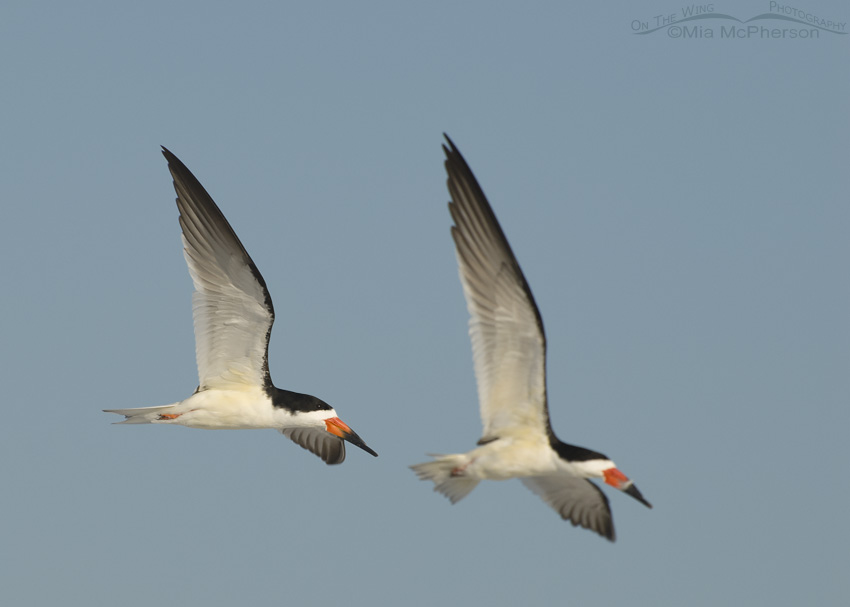 Black Skimmer adults in flight – Nikon D200, handheld, f8, 1/750, ISO 160, Nikkor 70-300mm VR at 250mm, natural light
Black Skimmer adults in flight – Nikon D200, handheld, f8, 1/750, ISO 160, Nikkor 70-300mm VR at 250mm, natural light
With habitat destruction and rising water levels nesting seabirds will need our help even more in the future.
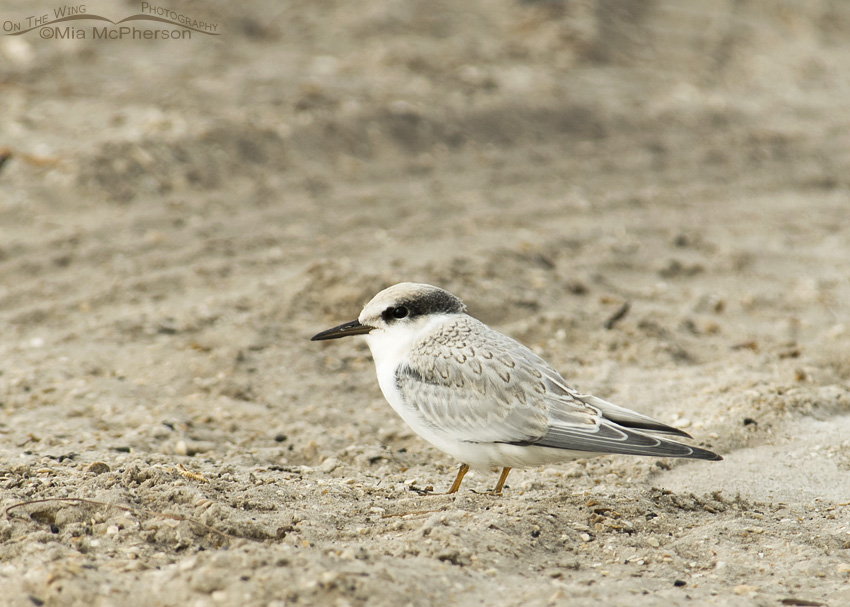 Least Tern juvenile – Nikon D200, handheld, f6.3, 1/500, ISO 200, Nikkor 80-400mm VR at 400mm, natural light
Least Tern juvenile – Nikon D200, handheld, f6.3, 1/500, ISO 200, Nikkor 80-400mm VR at 400mm, natural light
This image of a juvenile Least Tern was taken on Gandy Beach in Pinellas County, Florida, some people call it the “poor man’s Riviera” and when the image was taken there weren’t any protected areas for the terns or skimmers to nest in and people drove their vehicles right onto the beach, behind this young bird is a tire track in the sand. People also let their dogs loose on the beach which disturbed the nesting birds and caused deaths in the chicks. It is my understanding that there are now protected areas on that beach.
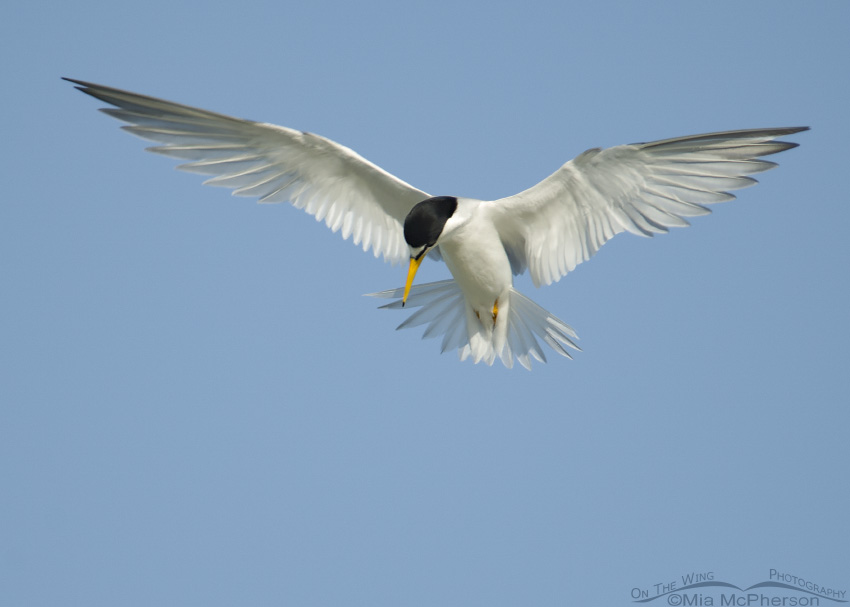 Least Tern looking for breakfast – Nikon D200, handheld, f5.6, 1/1000, ISO 200, Nikkor 80-400mm VR at 400mm, natural light
Least Tern looking for breakfast – Nikon D200, handheld, f5.6, 1/1000, ISO 200, Nikkor 80-400mm VR at 400mm, natural light
Humans have caused big issues for colonial-nesting seabirds but the use of protected nesting and resting areas can be beneficial and do make a difference.
There has been controversy about the protected areas because beach goers often feel the beaches are for people and that they shouldn’t be restricted on where they go but it is my opinion that we can share the beach with the birds and wildlife for the benefit of all.
Life is good.
Mia


We have a Black Skimmer nesting colony at Rockport Beach, Texas. They used decoys to move them a bit out of the way of traffic a few years back. https://www.youtube.com/watch?v=suOGydgrwY8
This year they have been flooded out three times; I don’t know if they will start over again this late.
Our best Skimmer colony is in the middle of the Dow Chemical Plant A at Freeport, Texas. They give over a gravel parking lot each breeding season for the Skimmers; it is fenced and protected from predators. Dow oversees the drainage and takes great pride in their contribution. It is open to the public one morning a year under close supervision; you can only observe in one small area. Of course, you are facing the sun and it is horrible for photography, but the birds are quite safe.
Wonderful images and interesting info. Reminds me of the PBS Nature program I just ordered about a new approach to conservation, called “Earth: A New Wild” which aired last Feb.
A use for decoys I can respect and applaud.
I really, really don’t understand the ‘its all about us’ attitude. Selfish and shortsighted. I also don’t understand the need to drive on beaches.
Some people thing everything should benefit them.
Thanks for this wonderful post, Mia. When I’m on the east end of Long Island there are many posted areas and the people respect these protected areas. Colonial birds (and all birds) need to be protected.
Very intetesting series and information…didn’t know decoys were used that way, though I’ve used a “decoy” hummingbird and a couple of roughly carved song birds to assure birds that a new feeder was safe to visit. Ibespecially lije the flight position of the tern in the last shot…beautiful!
Mia,
Thanks for a very informative posting.
cheers, Steve
On the Outer Banks we see lots of areas roped off for turtle nesting. I’m hoping that people respect that, as well as the protected nesting areas for birds.